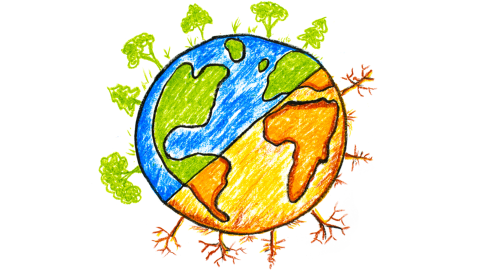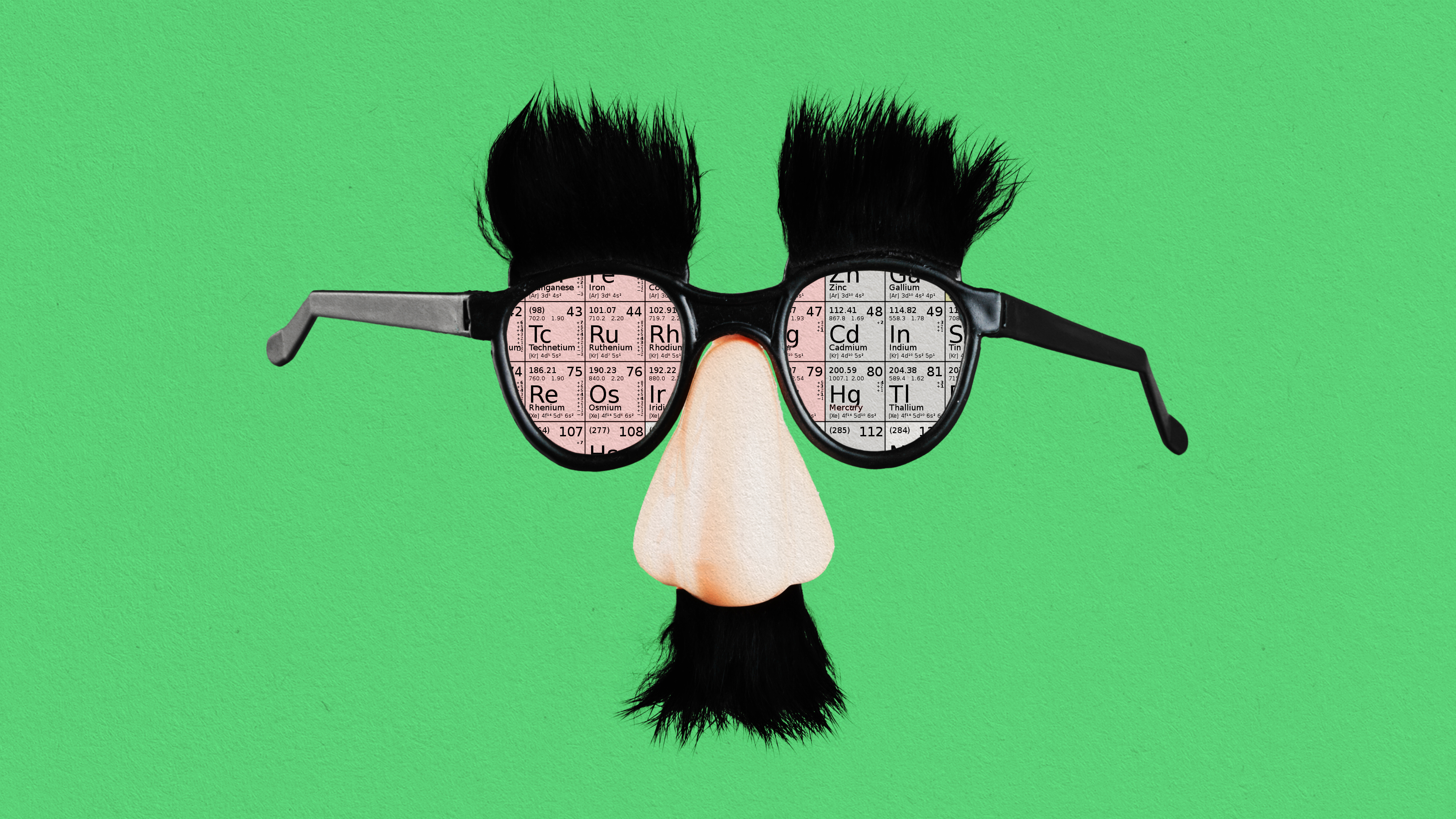The evolution of climate science

If you bring up climate science at Thanksgiving dinner this year, what do you think will happen? Well, if you are like a lot of people, you might find yourself in the middle of a fight about the end of civilization or vast global hoaxes.
The instant polarization concerning climate science is nothing short of bizarre when you take the second part of the term—science—seriously. That’s because the science of climate science has made such remarkable advances over the last half-century, it should rightly be considered one of the great triumphs of humanity.
To understand how far climate science has come, you really have to focus on how far climate science has gone. That’s because we have a lot more than one planet, and one climate, to study these days.
Climate science is often called the study of long-term weather patterns. It may or may not rain tomorrow—that’s “weather,” not climate, and it gets hard to predict beyond a few days. But global circulation patterns, which move water around over yearlong timescales, are quite predictable. That’s because rotating planets with atmospheres that are heated on one side by a star represent a physical system that obeys very well-understood laws. Those laws translate into a basic understanding of how climate works and how it can change. Of course add an ocean, glaciers, volcanoes, and perhaps even life into the mix, and the whole system gets very complicated. But it’s still just the laws of physics and chemistry at work, and that means with enough effort, climate systems can be understood.
Earth was, of course, the first climate system people studied. It began back in the late 1800s when it became clear that the planet had undergone prolonged periods of cold called ice ages. Having huge areas of the Northern Hemisphere under a mile or two of ice for 100,000 years is definitely a problem of climate and not merely weather. The pioneers of the field struggled to understand what forces could drop the planet into the freezer for so long and, just as important, what forces got it out.
Anthropogenic climate forcing
It’s worth noting that one consequence of these early climate study efforts was the first recognition of “anthropogenic climate forcing.” The Swedish chemist Svante August Arrhenius was trying to understand the role of CO2 in ice ages when his calculations revealed the human use of coal was already starting to warm the planet. (Tell that to your climate-denying uncle who claims “global warming” is a modern hoax.)
But as the 20th century progressed, scientists eventually found themselves with more than one climate to study. Telescopic investigations of Mars and Venus opened up questions of a distinctly climatic nature. Radio observations of Venus implied surface temperatures of 700 degrees Fahrenheit, hotter than anyone could understand initially. And Mars not only showed seasons in the form of polar ice caps that grew and retreated, it also appeared to change color for months at time.
Once the space program took off, robotic probes to the planets gave scientists such a rich treasure trove of data that “comparative climate studies” became an actual thing. The insanely high temperatures on Venus were found to come from a runaway greenhouse effect. The occasionally strange colors of Mars came from planet-enveloping dust storms where tiny wind-blown particles absorbed sunlight, darkening the world below. What was learned from both of these planets was soon incorporated into the study of Earth’s climate where, for example, the role of dust became essential to understanding the terrifying possibility of a “nuclear winter.”
Soon every planet in the solar system with an atmosphere joined the comparative climate studies list. Jupiter, Saturn, Uranus, Neptune—they have all been investigated and they have all yielded new insights and new mysteries. We even have Titan, the giant moon of Saturn with a dense hydrocarbon atmosphere. Titan is the only other world with liquid on its surface—but you wouldn’t want to swim in it; it’s liquid methane.
These days, the frontiers of comparative climate studies lie light years out in space. We have discovered so many planets orbiting so many stars that the study of their possible climates now occupies a lot of astronomers. For a few worlds, we already have observations that translate into day and nighttime temperatures, the most basic of climate data. More important, over the next few decades telescopes will come on line that will let us study these climates in remarkable detail. The most exciting possibility is that we’ll find biospheres existing as part of the climate systems on some of these other worlds.
So don’t let anyone fool you. The “science” in “climate science” is not just healthy and robust; it’s some of the most exciting work out there.
The post The Evolution of Climate Science appeared first on ORBITER.





